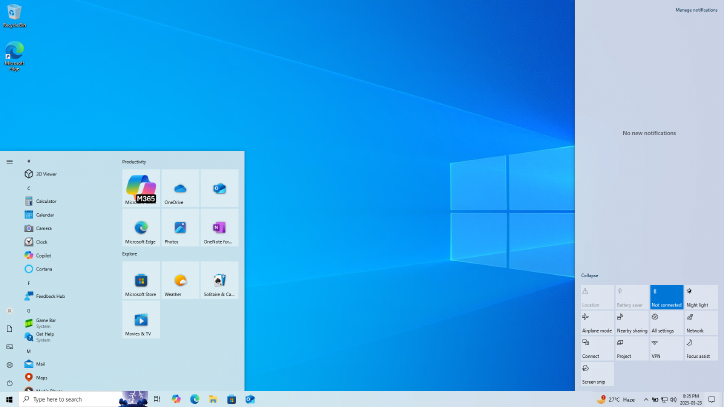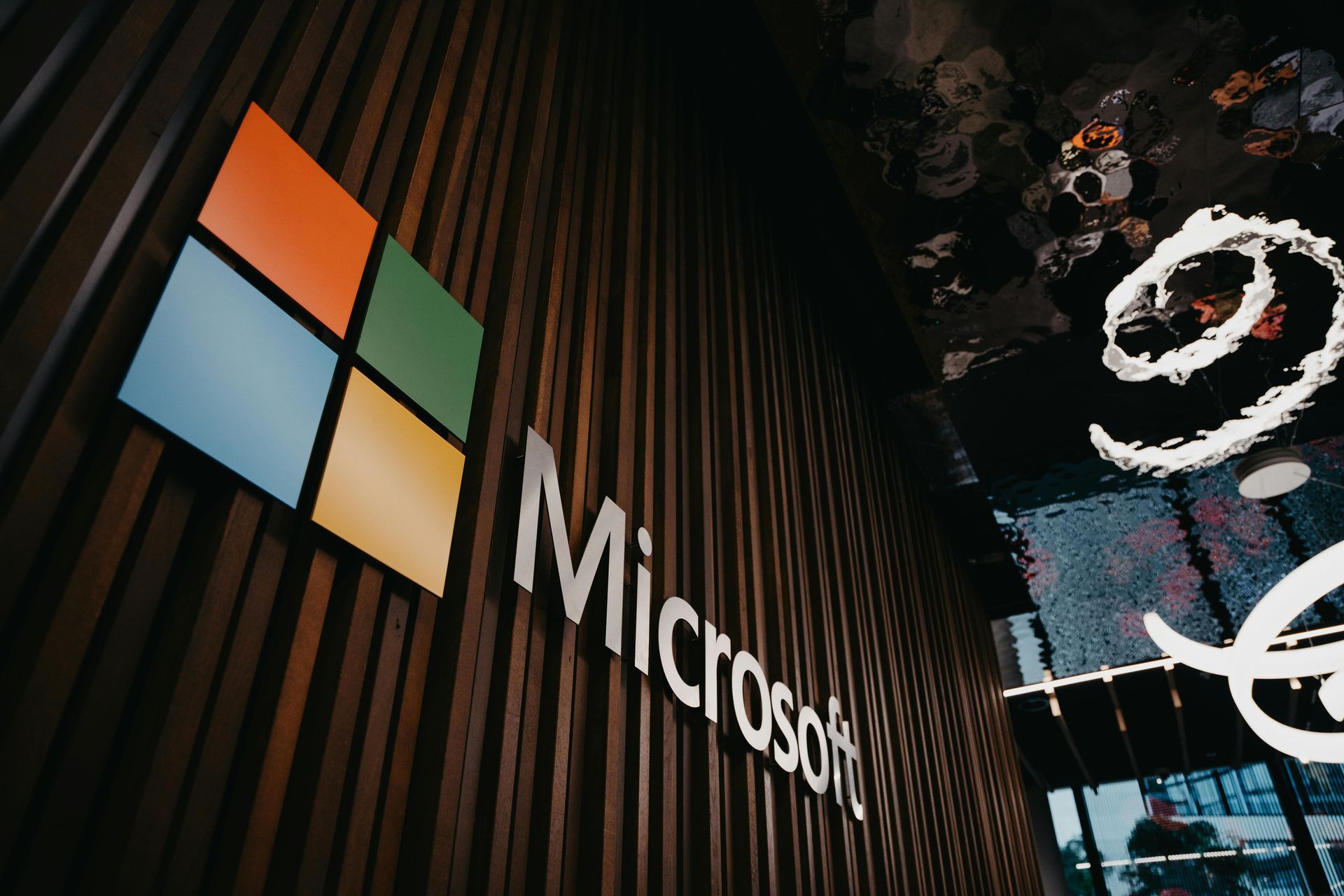Don't Get Left Behind: Your Guide to Windows 10 Migration
With less than 30 days until Microsoft pulls the plug on Windows 10 support, organisations across the UK are facing a critical decision point. As we highlighted in our recent analysis, millions of devices will lose security updates on 14th October 2025, leaving businesses exposed to cyber threats.
But here's the thing – this deadline doesn't have to spell disaster for your organisation. With proper planning and the right partner, your Windows migration can become an opportunity to modernise your entire IT infrastructure.

The Reality Check: What Happens After 14th October?
Let's be clear about what end of support actually means:
- No more security patches for vulnerabilities discovered after October 2025
- No technical support from Microsoft for Windows 10 issues
- Compliance risks for organisations in regulated industries
- Insurance complications as many cyber policies require supported operating systems
Your computers won't suddenly stop working, but they'll become increasingly vulnerable to cyber attacks – and in today's threat landscape, that's simply not acceptable for any serious business.
What Are Your Options?
With the deadline looming, you essentially have three paths: upgrade to Windows 11 with new hardware, pay for Extended Security Updates as a temporary measure, or embrace a cloud-first approach with virtual desktops that work on existing hardware. Each has its merits, but the key is acting now rather than hoping the problem will disappear.
The Hidden Costs of Delay
Whilst it might be tempting to stick with Windows 10 and hope for the best, consider these mounting costs:
Security Risks
- Average data breach cost in the UK: £3.58 million
- 43% of cyber attacks target small businesses
- Unpatched systems are prime targets for ransomware
Compliance Issues
- GDPR fines for inadequate security measures
- Industry-specific compliance failures
- Insurance claim rejections for preventable incidents
Productivity Impact
- Increased downtime from security incidents
- Staff frustration with ageing, slower systems
- Missed opportunities from outdated technology
The Opportunity in the Crisis
Yes, Windows 10 end-of-support creates pressure and deadlines. But it also presents an unprecedented opportunity to modernise your entire IT infrastructure. Organisations that act strategically – rather than reactively – will emerge stronger, more secure, and better positioned for future growth.
Don't let this deadline catch you unprepared. The next 30 days are critical for planning your organisation's next chapter.
Ready to Plan Your Migration Strategy?
Time is running short, but it's not too late to develop a comprehensive migration strategy that positions your organisation for success rather than mere survival.
Get in touch with Altiatech today:
- UK: +44 (0)330 332 5482
- Email: innovate@altiatech.com
- Emergency Migration Assessment: Available within 48 hours
Our team of certified Microsoft specialists will assess your current environment and create a tailored migration roadmap that minimises disruption whilst maximising the benefits of modernisation.
Don't let Windows 10's end become your organisation's beginning of problems. Let it be the start of your digital transformation success story.












